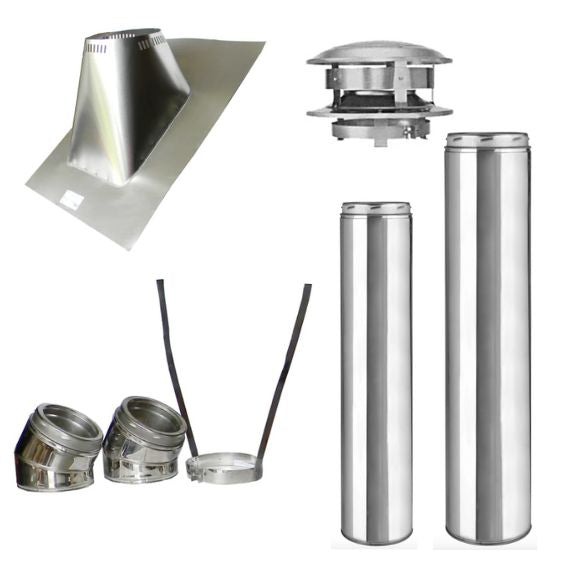I have a Pacific Energy Super 27 and I am not sure if I am doing something wrong. Being a good neighbor, having smoke pour out of my chimney is a no-go for me. Unfortunately that means that I can't really burn on "low", because as soon as I turn my air control below 50% open, smoke starts coming out of the chimney. The secondary burn is definitely happening as I can see it, but smoke is still produced.
My wood is very well seasoned, I checked all the logs I put in today and they are all less than 15% moisture content. My (external) flue temperature is at around 350 when I try to go from 50% to lower than that. I just cleaned the flue, so no creosote. My flue is about 10 feet in height. Single wall inside and double wall outside.
The problem with burning @50% is that eventually the stove just gets too hot and I am probably wasting wood by burning it too hot. Even when I used to have a catalytic stove, I had the same problem. Even with an active catalyst, I would still get smoke up the chimney.
Anyone else have this problem?
My wood is very well seasoned, I checked all the logs I put in today and they are all less than 15% moisture content. My (external) flue temperature is at around 350 when I try to go from 50% to lower than that. I just cleaned the flue, so no creosote. My flue is about 10 feet in height. Single wall inside and double wall outside.
The problem with burning @50% is that eventually the stove just gets too hot and I am probably wasting wood by burning it too hot. Even when I used to have a catalytic stove, I had the same problem. Even with an active catalyst, I would still get smoke up the chimney.
Anyone else have this problem?


